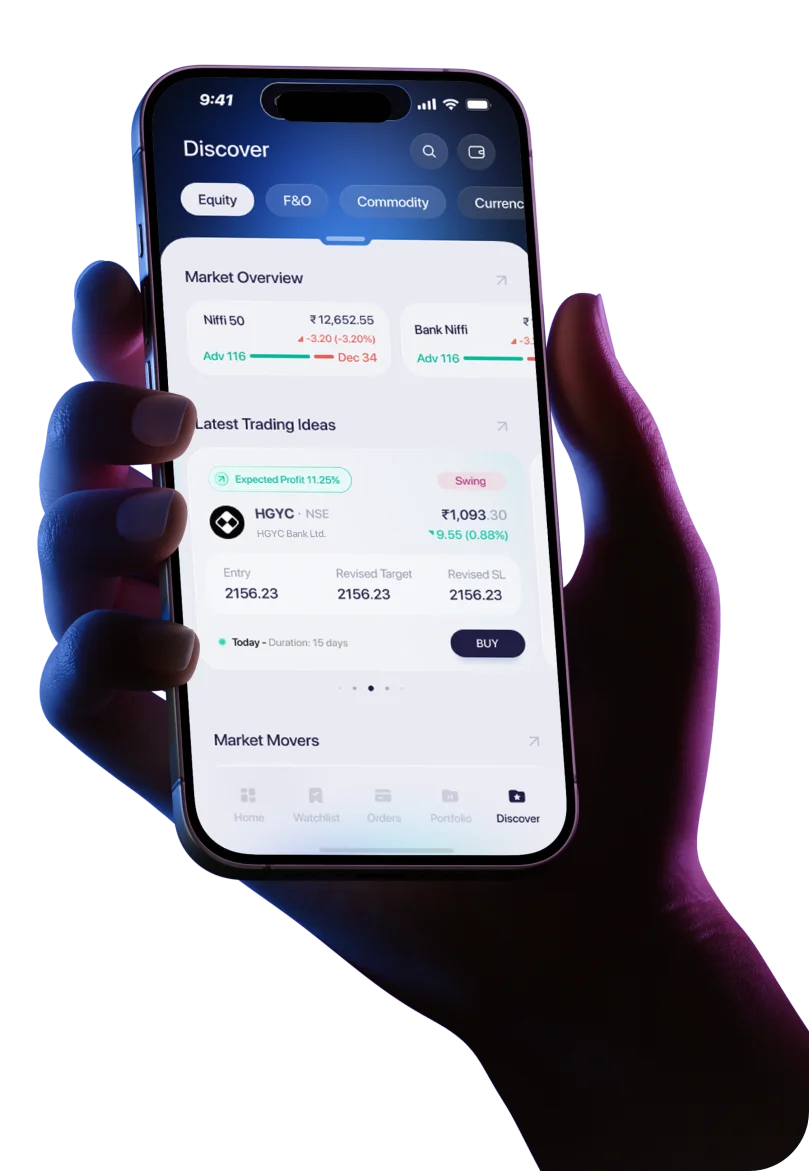Positional trading is a disciplined approach to trading where participants hold positions for several weeks to even months—sometimes stretching to a year—aiming to capitalize on broader market trends rather than short-term fluctuations.
It sits comfortably between swing trading, which focuses on shorter price moves, and long-term investing, which involves holding assets for years. This middle-ground strategy allows for meaningful gains while avoiding the stress and noise of daily market moves.
If you’re someone who understands market cycles, has patience, and prefers spending time on analysis rather than execution, positional trading might be your ideal style.
1. What is Positional Trading?
At its core, positional trading is about identifying and riding significant trends. Unlike intraday or swing trading, which often focuses on capturing smaller, faster moves, a positional trader aims to benefit from macro-level shifts in price—think sector rotation, earnings momentum, or economic tailwinds.
- Typical holding period: A few weeks to several months
- Goal: Capture large price swings by ignoring intraday noise
- Mindset: Patient, research-driven, trend-following
This strategy blends elements of technical and fundamental analysis and relies on higher timeframes—often the daily, weekly, or monthly charts—to confirm directional bias.
2. How Positional Trading Works
Core Idea:
Position traders build exposure in a stock or index after identifying a confirmed trend or breakout, then hold the trade patiently until a trend reversal, profit target, or key support/resistance level is hit.
Timeframes used:
- Daily and Weekly charts are the most common.
- Monthly charts help validate long-term trend strength.
Tools & Indicators:
- Moving Averages: 50 EMA, 200 EMA to identify primary trend direction
- RSI & MACD: Gauge momentum and trend sustainability
- Trendlines & Channels: Help define entry and exit points
- Breakout zones & Support/Resistance: Used to build trade logic
Ideal Stocks/Sectors:
- Large-cap or high-beta stocks with strong fundamental backing
- Sector leaders during economic expansions or industry-specific tailwinds
3. Positional Trading vs Other Strategies
Feature | Intraday | Swing | Position | Long-Term |
|---|---|---|---|---|
Timeframe | Minutes | Days | Weeks–Months | Years |
Risk | High | Moderate | Moderate | Low |
Capital Need | High | Medium | Medium | Low |
Skill Level | Advanced | Intermediate | Beginner–Intermediate | Beginner |
Positional trading vs swing trading: While both aim for short-to-medium term profits, positional trading focuses on trend conviction, not small pullbacks. Swing traders may exit after 5–10% moves, while positional traders hold through retracements for larger gains.
4. Advantages of Positional Trading
- Less Screen Time: Ideal for working professionals or those who can’t track markets actively.
- Lower Costs: Fewer trades mean lower brokerage and slippage.
- Higher Profit Potential: Captures broader trends with fewer interruptions.
- Reduces Noise: Daily volatility becomes irrelevant.
- Simplified Strategy: No need to constantly tweak positions—just plan, monitor, and adjust.
5. Disadvantages of Positional Trading
- Requires Patience: Quick profits are rare.
- Vulnerable to News/Events: Overnight gaps or policy changes can hit positions.
- Capital Tied Up: Funds remain blocked for weeks/months.
- Stop-loss Hunting: Sharp wicks during consolidation can trigger SLs prematurely.
- Emotional Discipline: Seeing unrealized gains fluctuate tests conviction.
6. When Should You Choose Positional Trading?
Consider positional trading if:
- You cannot monitor markets intraday.
- You have confidence in macro trend analysis.
- You're transitioning from passive investing to more active trading.
- You prefer structured strategies over frequent execution.
7. Example of a Positional Trade
Let’s say a stock breaks out of a multi-month consolidation zone above ₹1,000 backed by strong volume. A positional trader enters at ₹1,020 with a stop-loss at ₹970, aiming for ₹1,250–₹1,300 based on the chart pattern and sector momentum. The trade plays out over 6–8 weeks.
8. Best Practices & Tips for Positional Traders
- Focus on mid to large-cap stocks with liquidity.
- Stick to risk management: define your stop-loss before entry.
- Keep a journal to track entry logic and learn from past trades.
- Backtest your strategy across market cycles.
- Avoid leverage unless you’re experienced—it magnifies both gains and losses.
9. Conclusion
Positional trading offers the right balance between flexibility and profitability. It’s suited for those who want market exposure without the pressure of active trading.
With patience, technical consistency, and a strategic approach, positional trading can be a powerful addition to your trading arsenal, whether you’re a full-time professional or a long-term investor looking to stay active.




 Easy & quick
Easy & quick
Leave A Comment?